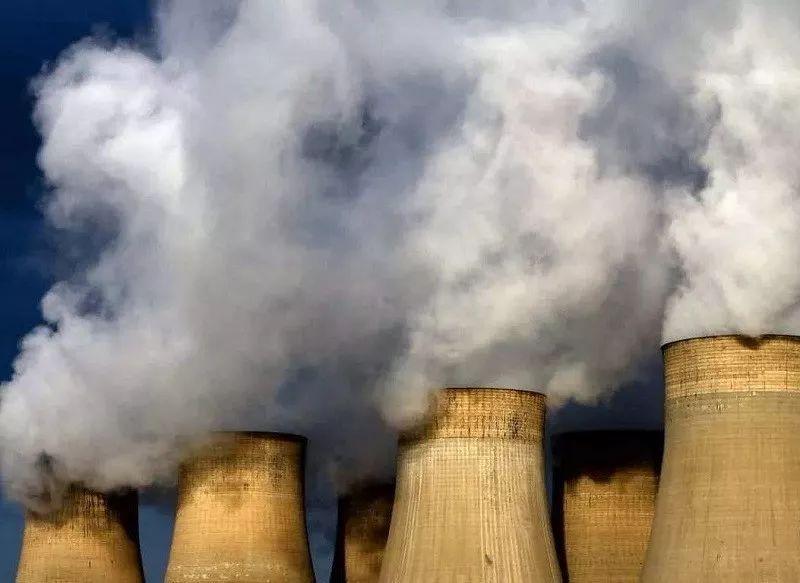How can I do when CO2 gas welding splash too much
According to the different causes of splash in different droplet transition forms, different causes of splash reduction should be adopted and different methods of splash reduction should be adopted:
1. When droplet free transition occurs, reasonable welding current and welding voltage parameters should be selected to avoid the use of large droplet repulsive transition form; At the same time, high quality welding materials should be selected, such as the selection of low C content, with deoxidized elements Mn and Si H08Mn2SiA, etc., to avoid the splash caused by the metallurgical reaction of welding materials caused by gas precipitation or expansion.
2. In short circuit transition, (Ar+CO2) mixed gas can be used to replace CO2 to reduce spatter. If adding φ(Ar)=20% ~ 30% Ar. This is because the arc shape and droplet transition characteristics change with the increase of argon content. The arc root of the arc expands and the droplet axial property is enhanced. On the one hand, this makes it easy for the droplet to meet the pool, and the short circuit bridge appears between the welding wire and the pool. On the other hand, under the action of axial force, the droplet can get a more uniform short-circuit transition process, and the short-circuit peak current is not too high, which is beneficial to reduce the splash rate.
In pure CO2 atmosphere, the welding current waveform control method is usually adopted to reduce the initial current of short circuit and the current at the moment of short circuit small bridge breaking, reduce the energy of small bridge electric explosion, and achieve the purpose of reducing the splash.
CO2
3, when the welding gun is vertical, the splash amount is the smallest, the inclination Angle is the largest, the more the splash. It is advisable to tilt the torch forward or backward by no more than 20 degrees.
4, the use of low spatter rate welding wire. ① solid cored wire. Under the premise of ensuring the mechanical properties, the carbon content should be reduced as far as possible, and add an appropriate amount of titanium, aluminum and other alloying elements. The splashing caused by gases such as CO can be significantly reduced by over particle welding or short circuit welding. (2) the use of CS2CO3, K2CO3 and other substances activated treated welding wire, positive polarity welding. The use of flux-cored wire. The metal spatter rate of flux-cored wire is 1/3 of that of solid wire.
5, the general current is less than 150A or more than 300A splash rate is small, between the two splash rate is larger. In the selection of welding current, the current area with high splash rate should be avoided as far as possible. The current is determined after matching the appropriate voltage to ensure minimum splash rate. Wire extension length. The extension length of the welding wire should be shortened as far as possible under the condition that normal welding can be guaranteed.
By improving the wire feeding system, using pulse wire instead of the conventional SuSong silk, such as the molten drop under the condition of the pulse into short circuit with the molten pool, the short circuit transition frequency and the pulse of wire feed frequency, the electrical parameters of each short cycle of good repeatability, short-circuit peak current is uniform, its value is not high also, so as to reduce the splash.
If on the basis of pulsating wire feed, and with the current waveform control, the effect is better. The relationship between welding spatter rate and welding current when different control methods are used.
- Prev: Separation Of Isotope Gases
- Next: The use of argon busbar





 Facebook
Facebook YouTube
YouTube LinkedIn
LinkedIn Twitter
Twitter